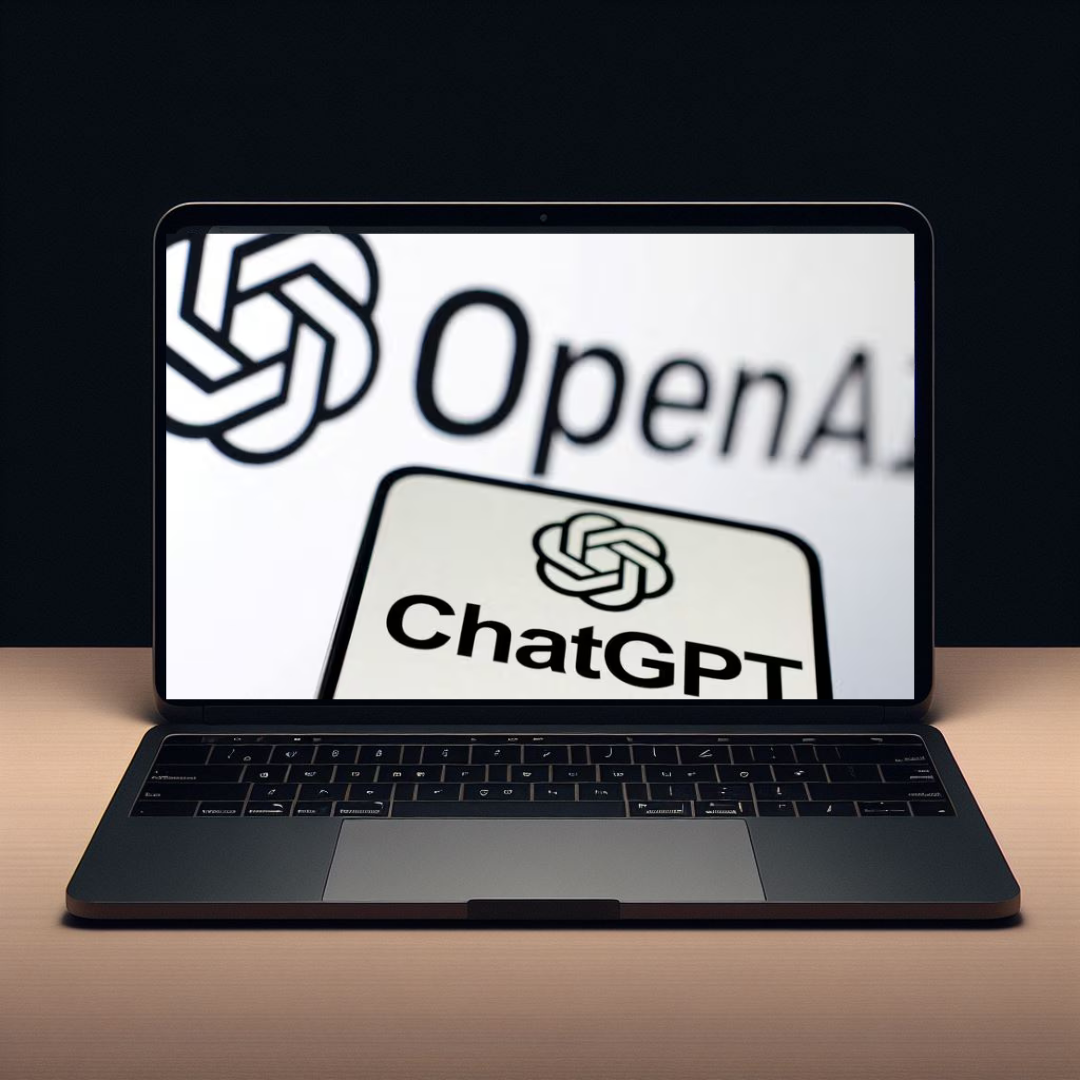Understanding the Landscape of ChatGPT Credentials
In the ever-evolving realm of cybersecurity, the intersection of artificial intelligence (AI) and malicious intent has birthed a concerning trend—threat actors leveraging AI capabilities for nefarious purposes. The focus of our exploration today lies in the precarious world of ChatGPT credentials.
The AI Advantage Exploited
Threat actors have demonstrated the potential of AI, employing it to craft sophisticated malware, devise new Tactics, Techniques, and Procedures (TTPs), generate persuasive content for social engineering attacks, and enhance their overall operational efficiency. Large language models, exemplified by ChatGPT, have become a pivotal player in this dark narrative.
Persistent Interest and Emerging Tools
Despite security measures, ChatGPT remains a prime target for cybercriminals. Analysts at Group-IB have closely monitored underground forums, witnessing an ongoing fascination with ChatGPT jailbreaking and the development of specialized generative pre-trained transformer (GPT) tools. Notably, four tools—WolfGPT, DarkBARD, FraudGPT, and WormGPT—have emerged, each designed with distinct functionalities.
- FraudGPT and WormGPT: These tools, extensively discussed in clandestine forums and Telegram channels, are tailored for social engineering and phishing endeavors.
- WolfGPT: While focusing on code and exploits, WolfGPT encounters lower popularity due to training complexities and usability concerns. Nonetheless, its evolution poses a looming threat for sophisticated cyber attacks.

Dark Web Dynamics: Compromised ChatGPT Credentials for Sale
Group-IB’s Hi-Tech Crime Trends report for 2023/2024 reveals a disconcerting trend—the sale of compromised ChatGPT credentials on the dark web. As employees increasingly rely on ChatGPT for workflow optimization and preserving past interactions, the compromise of these credentials opens a gateway to potential security breaches for businesses.
Between January 2023 and October 2023, Group-IB identified over 225,000 logs on the dark web, showcasing compromised ChatGPT credentials. These credentials surfaced within the logs of information-stealing malware traded on illicit dark web marketplaces, amplifying the urgency for organizations to fortify their defenses against such insidious cyber threats.
Safeguarding Against the Tide
In this landscape where AI meets malevolence, securing ChatGPT credentials becomes paramount. Organizations must stay vigilant, adopt robust cybersecurity measures, and cultivate a proactive stance to mitigate the risks posed by these evolving cyber threats. As we delve deeper into the intricate dance between technology and cyber threats, the imperative remains clear—protecting our digital frontiers is an ongoing commitment.


